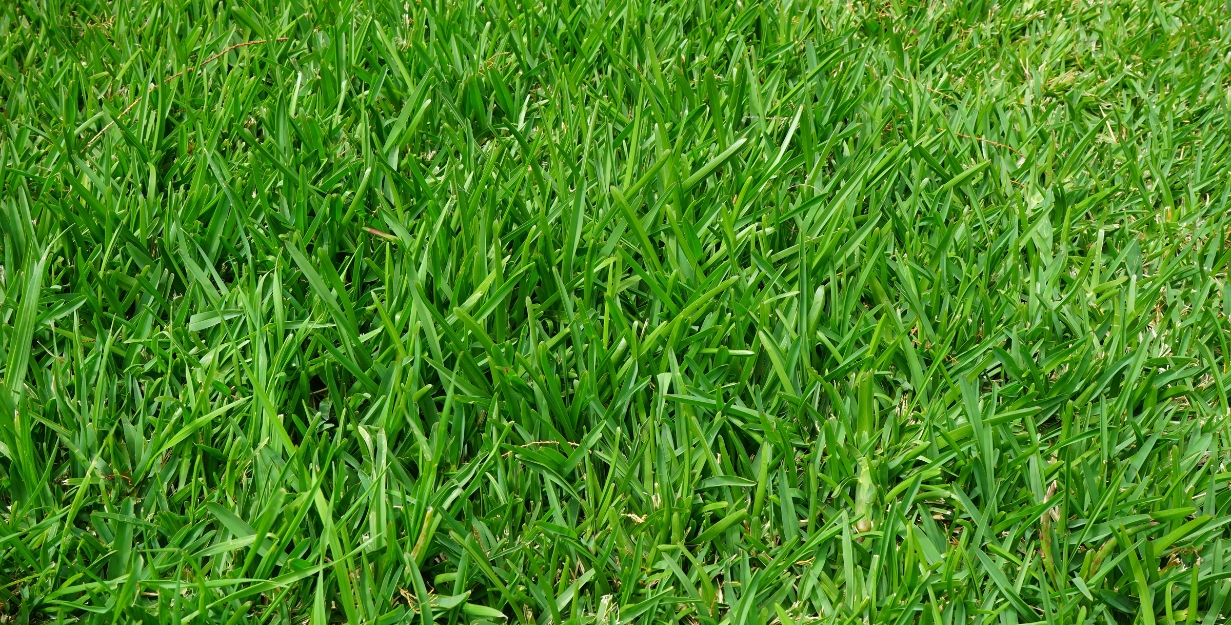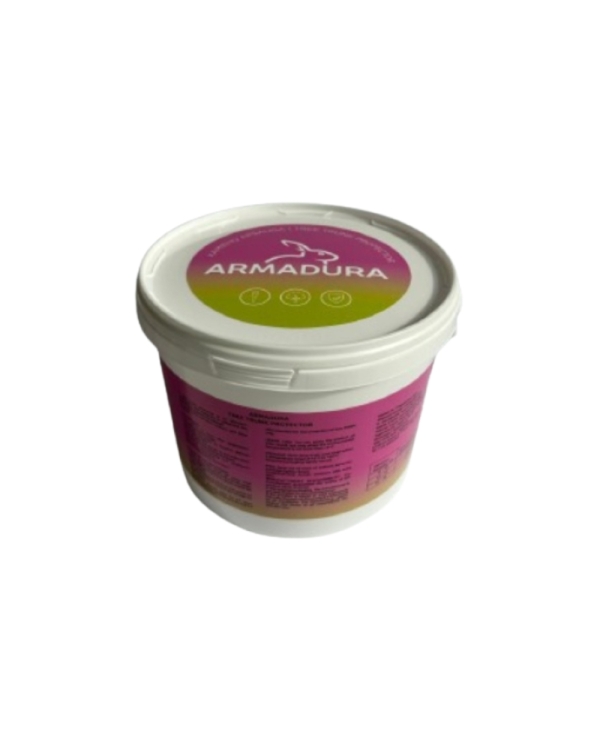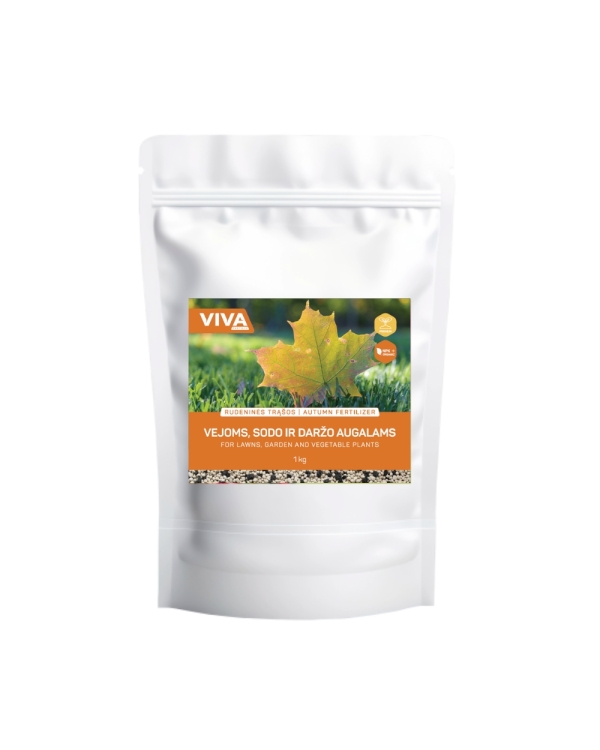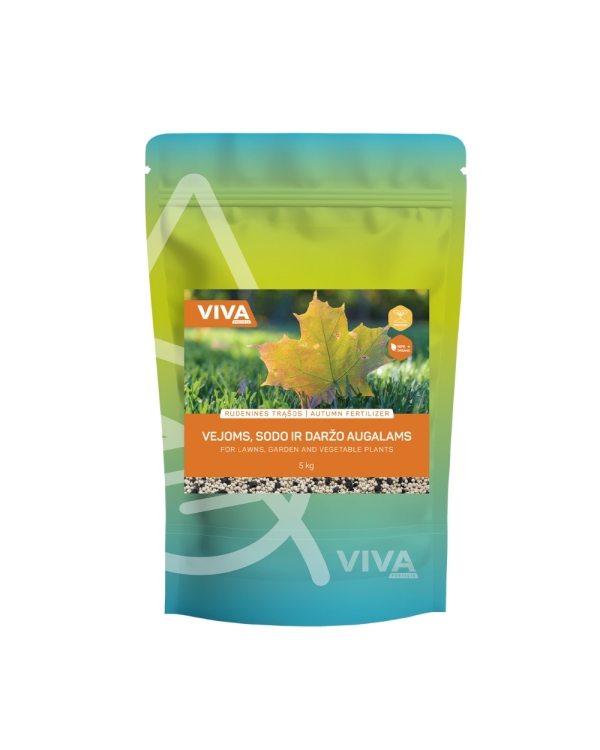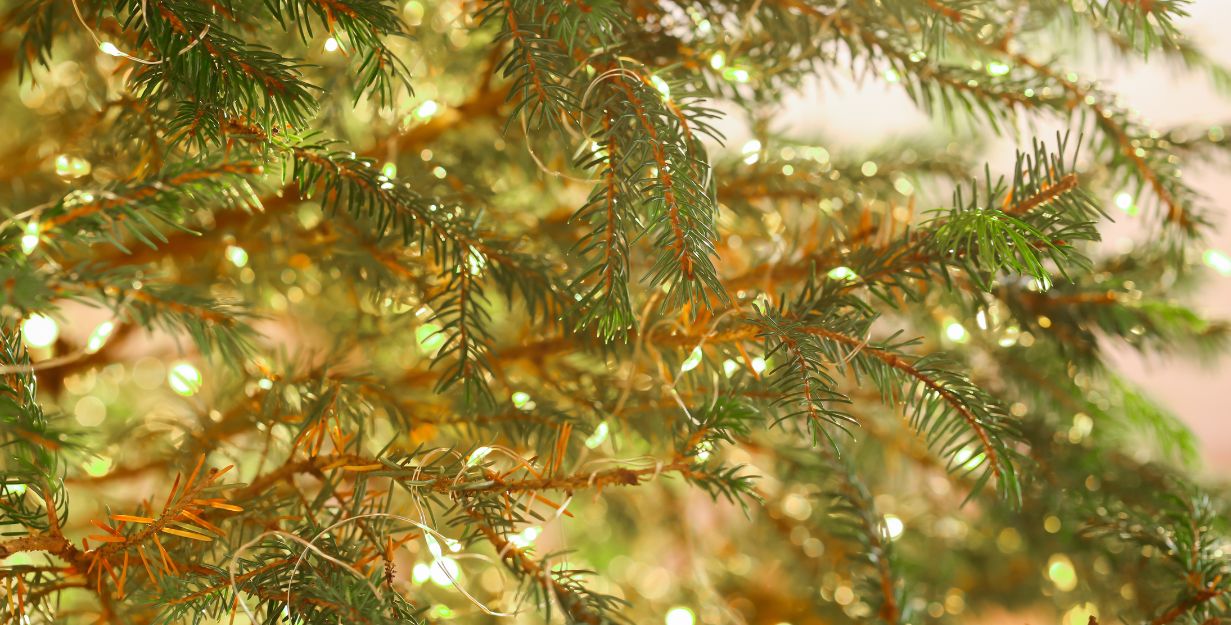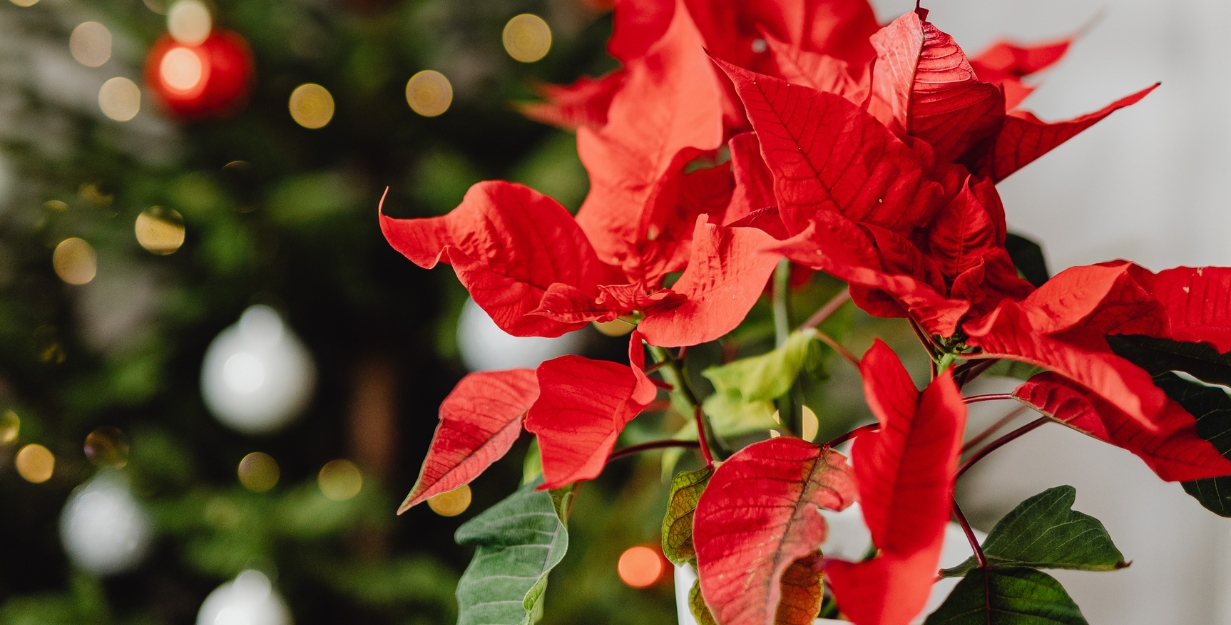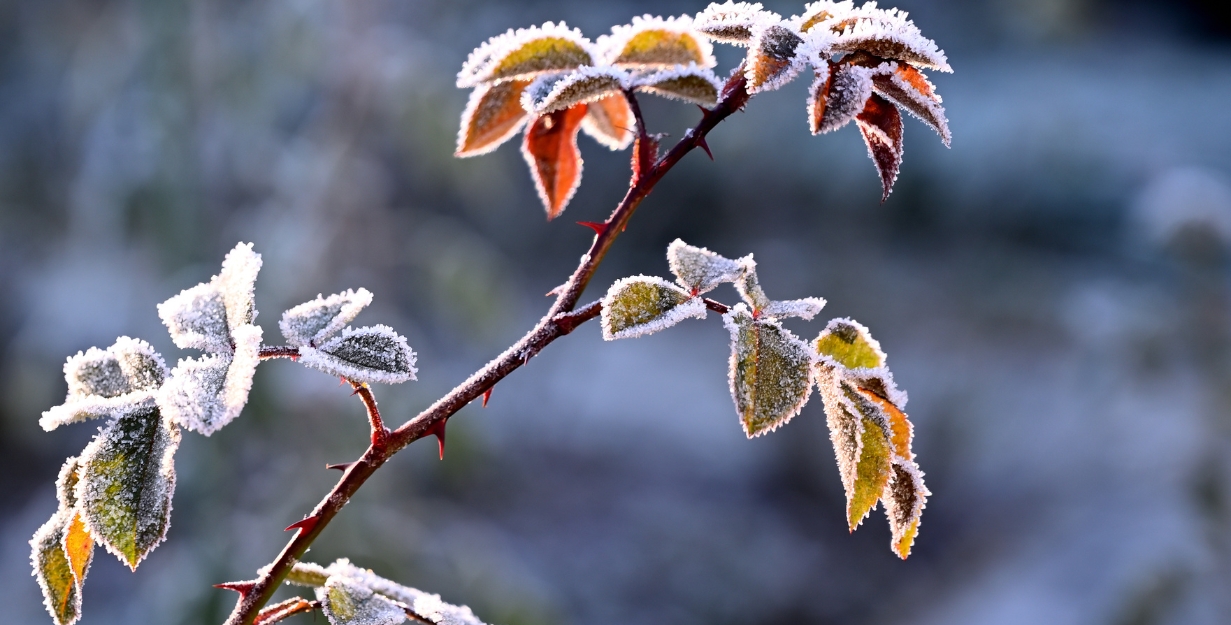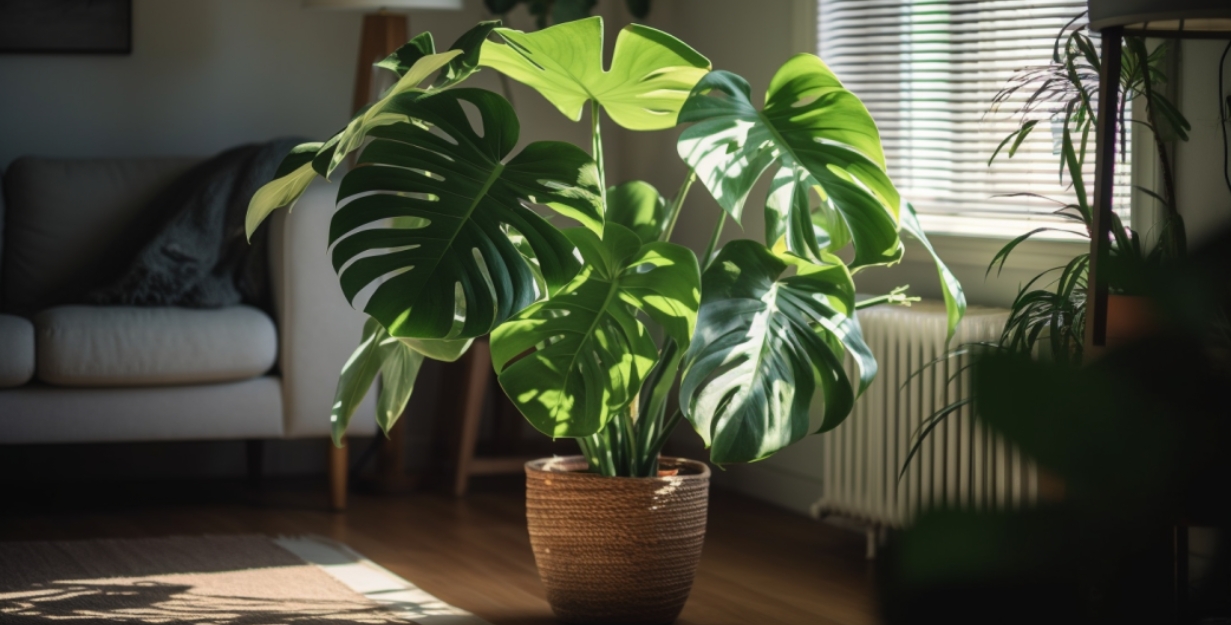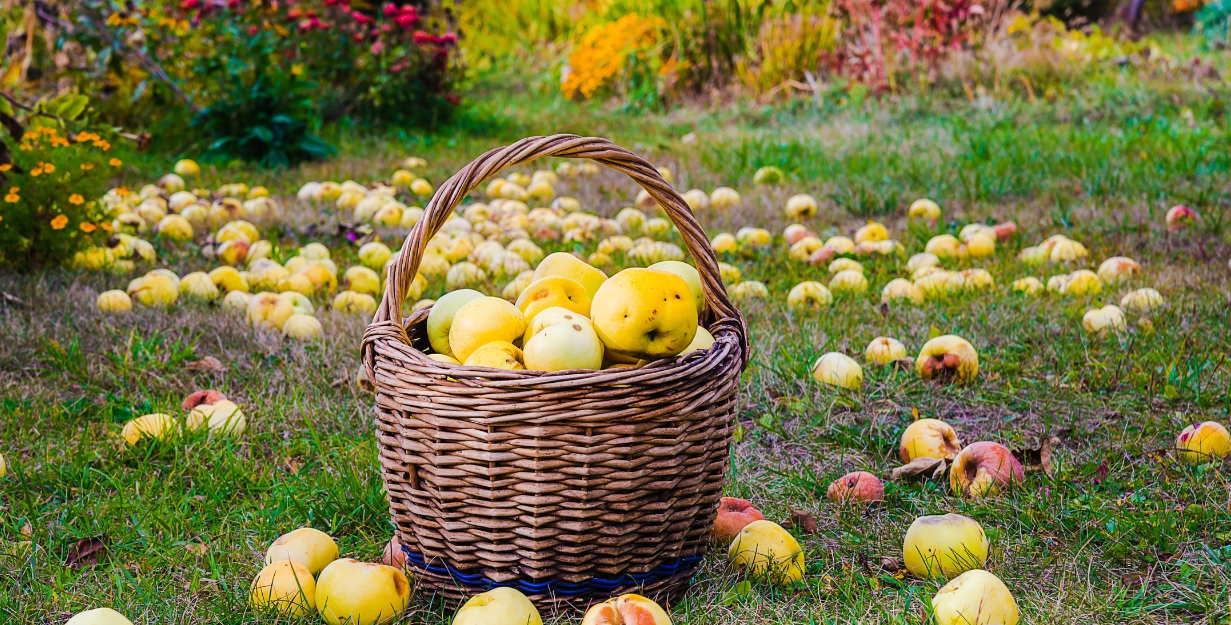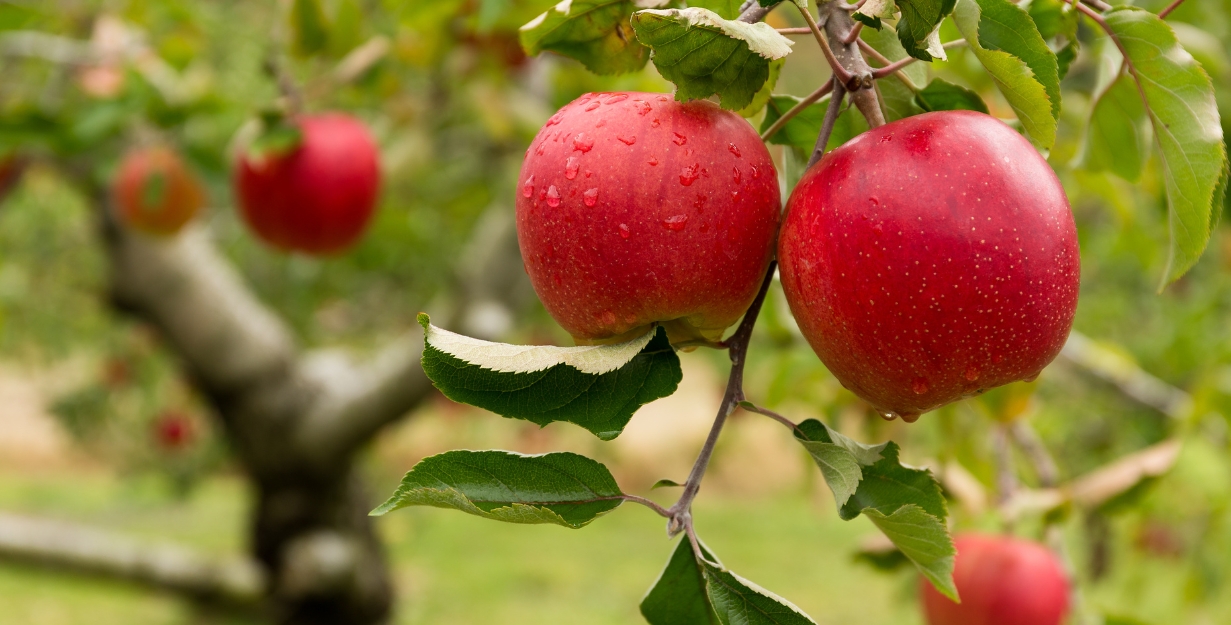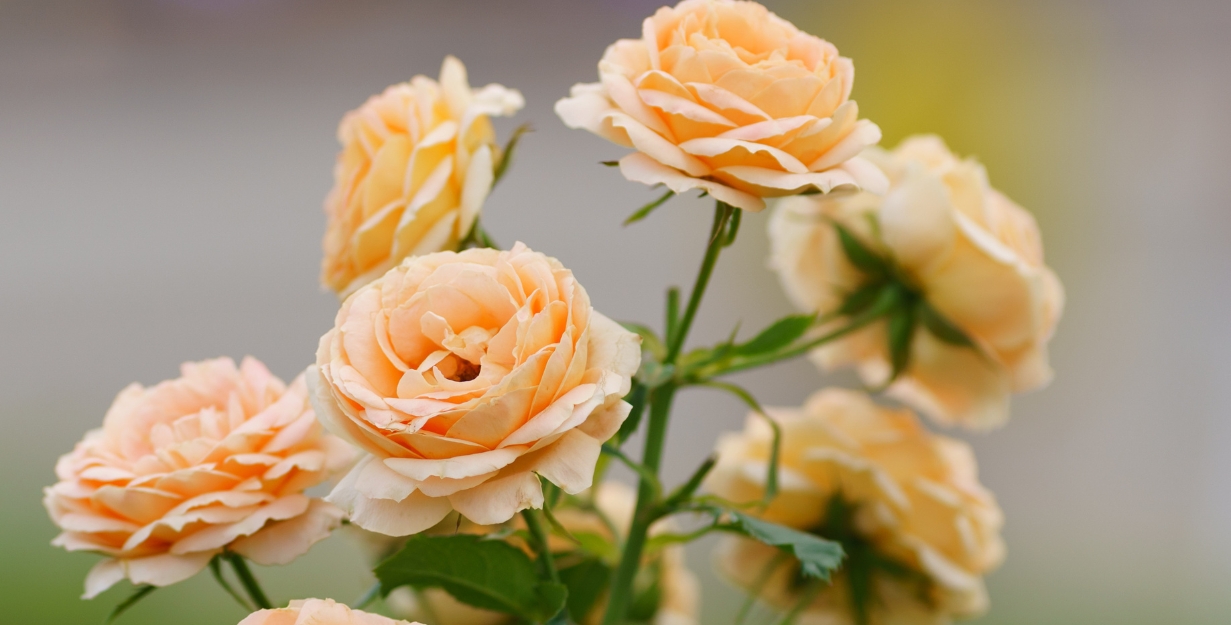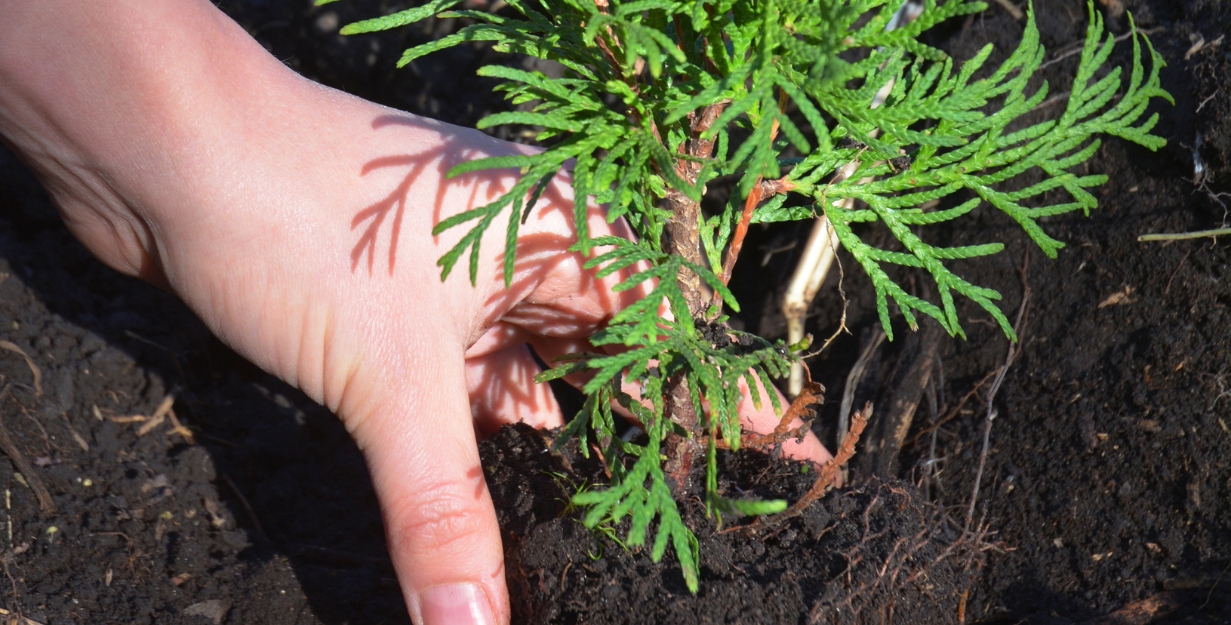Summer is in full swing – your lawn is already lush and mowed almost weekly. It may seem like everything is happening on its own: the grass is growing, flowers are blooming, and no extra effort is needed. However, late July is a critical period for maintaining lawn health, especially if you want your lawn to stay thick, green, and resilient all the way into autumn.
Why is summer fertilization important?
In spring or early summer, your lawn received the nutrients needed for the initial growth phase. But by midsummer, especially during heatwaves and drought, much of those nutrients have already been washed out or consumed. At the same time, the lawn is under more stress – frequent mowing, foot traffic, and even lack of shade take their toll.
Even if your lawn looks fine at first glance, many grass plants may already be weakened. Skipping fertilization now can result in a sparse, yellowing lawn by August or fall that may be hard to recover.
What kind of fertilizer should you use in late July?
For midsummer lawn care, granular fertilizers designed specifically for lawns are the best option. They release nutrients gradually, evenly, and safely. We recommend trying Spring-summer Lawn Fertilizer – a great fit even in late July.
These fertilizers:
- Contain a balanced NPK ratio of 17-6-9,
- Include a high percentage of sulfur trioxide (SO₃) – 42%, which helps improve nutrient uptake and overall lawn health.
This is a reliable solution for both regular maintenance and for reviving weakened or yellowing grass.
When and how to fertilize?
The most important thing is choosing the right time. In summer, fertilize:
- After rainfall or in the evening before planned watering,
- When temperatures are not at their peak – ideally in the morning or evening,
- When the lawn hasn’t just been mowed.
Recommended application rate: 25–30 g/m², spread evenly over the entire lawn.
If the lawn has already been fertilized earlier in the season, one application is enough. If the soil is poor or the grass clearly weakened, a second application may be done after 2–4 weeks.
How else can you support your lawn in summer?
Besides fertilization, proper care includes:
- Mowing height – don’t cut the grass too short. Keep it at least 4–6 cm high to retain moisture and resist heat.
- After fertilization – wait 2–3 days before mowing again.
- Regular removal of clippings – helps avoid mold and ensures airflow to the roots.
What makes a summer-fertilized lawn different?
- Remains dense and even
- Doesn’t yellow, even during heatwaves
- More resistant to foot traffic, pets, and play
- Recovers faster after mowing
- Less likely to need reseeding in fall
our top products
#vivafertis
in our blog
in our blog


